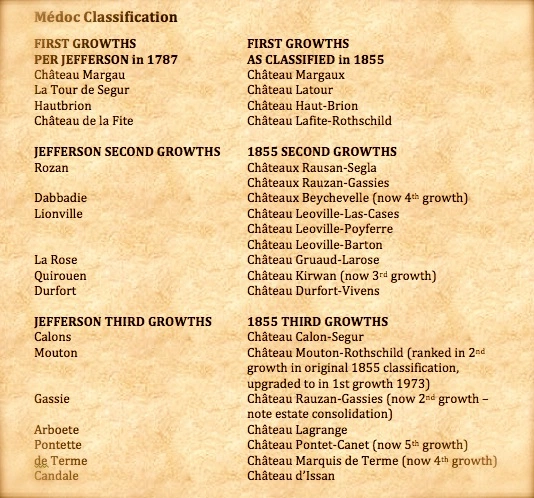Wine classification systems can be complicated as they vary from country to country and even within a region. A grand cru in St Emilion means something different than in Burgundy.
The most complicated, arguably, is Germany: which is multiubercomplicated. https://twitter.com/mattwallswine/status/1384773458639441921">https://twitter.com/mattwalls...
The most complicated, arguably, is Germany: which is multiubercomplicated. https://twitter.com/mattwallswine/status/1384773458639441921">https://twitter.com/mattwalls...
The most difficult thing to get your head around is there is a system of sweetness based on residual sugar but then there is also one of styles. So an Auslese trocken is a sweet wine made in a dry style.
On the other end of the info scale is Burgundy that can just give you the name of 1 of the specific 33 "grand crus" without even telling you that it is a) a specific site of a few hectares in Burgundy and b) made from pinot noir grape. If you don& #39;t know this, i& #39;s not *for* you.
Bordeaux is a blend of majority cab sav and merlot + other grapes. In the St Emilion area of Bordeaux, it is usually merlot dominant & has a system where "Grand cru" denotes quality. There is some movement in this and any moves down are subject to massive legal battles.

 Read on Twitter
Read on Twitter





